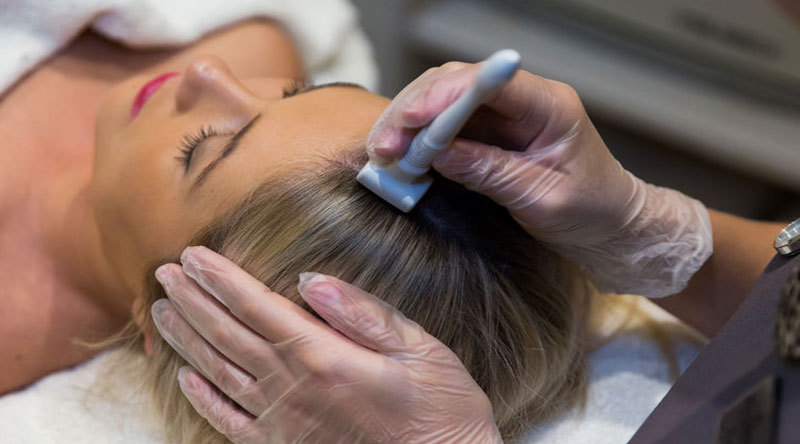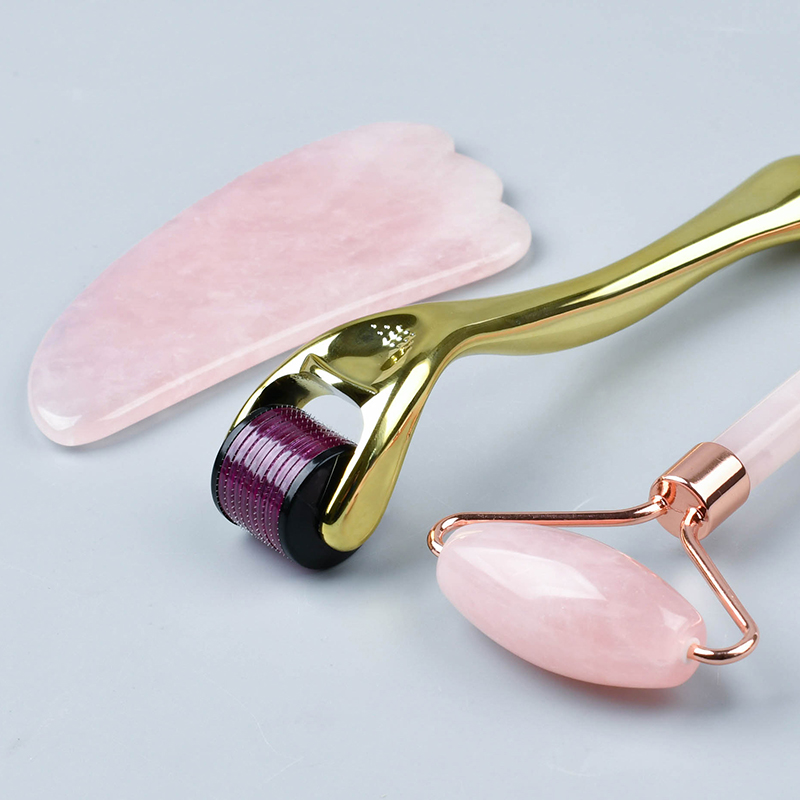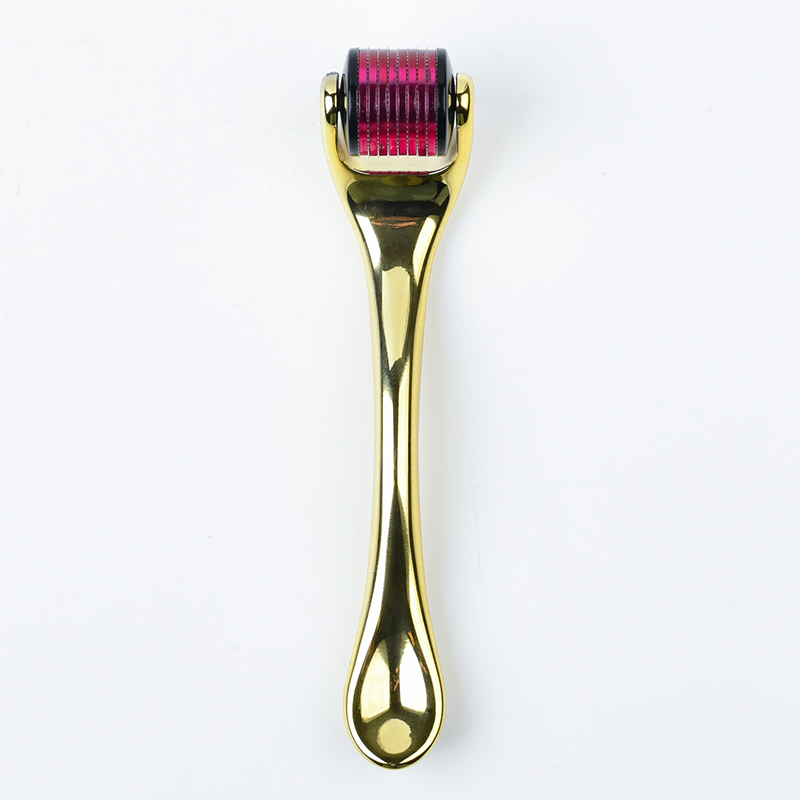

Microneedling Roller for Hair Loss
Microneedling roller is a cosmetic treatment that addresses various effects of aging. It is also called skin acupuncture because it increases collagen production in the skin.
Microneedling involves the use of a skin roller with small needles that cause minor skin damage.
Although used as an anti-aging skin treatment, microneedling may also be a treatment for hair loss. There’s even evidence that it can help with a specific type of hair loss, alopecia areata.
The same process that creates wounds in the skin is also thought to regenerate the health of hair follicles. This is thought to cause new hair to grow, or possibly thicken thinning hair, as seen in androgenetic alopecia or male pattern baldness.
The Benefits of Microneedling for Hair Loss
Microneedling first gained a reputation as a scar treatment in the 1990s. Since then, it has been investigated as a potential alternative or adjunctive treatment for androgenetic alopecia and alopecia areata.
In addition to collagen production in the skin (which is thought to be one of the reasons it may be beneficial for acne scars), microneedling is thought to also help induce stem cellsTrusted Source in the hair follicles that may lead to hair growth.
Microneedling can also facilitate the absorption of products used to treat hair loss, such as:
- Minoxidil (Rogain)
- Topical steroids
- Platelet Rich Plasma
How the Micro Needle Roller Works
During microneedling, your healthcare provider uses a roller with needles.
Needles can vary in size from less than 1mm to several millimeters. They are all included in the handheld. Also known as a roller, this device rolls along the treatment area, inflicting small injuries.
Some have speculated that microneedling may trigger the release of factors that promote hair growth, or it may directly stimulate hair growth due to the small damage caused.
Your healthcare provider will apply a local anesthetic to your scalp about 45 minutes before treatment. This will help relieve any pain you may feel.
Actual procedure time may vary depending on the size of the treated area, but is usually less than 10 minutes. After scalp microneedling is complete, your healthcare provider may apply a topical balm or give the area an injection, depending on the goals of the microneedling session.
Side Effects of Head Microneedling
Microneedling itself may cause:
- Bleeding
- Exudation from the wound
- Redness
- Swelling
- Pain
The wound from the needle may also leave a scar.
The area may become red and inflamed for a few days after surgery. According to the American Academy of Dermatology (AAD), most side effects will decrease within 5 days of your treatment.
if you:
- Have a history of acne or eczema
- Have a medical condition that slows healing, such as diabetes
- Are taking blood thinners or other medications
Pregnant women are also not advised to use microneedling.
Using minoxidil immediately after microneedling may increase absorption of the drug and cause more burning, itching, and irritation of the scalp. It is important to discuss with your healthcare provider when you should resume your topical minoxidil after treatment.
After treatment, your scalp may be more sensitive to sunlight. It is recommended to apply sunscreen every day. Hats can also help protect the scalp when outdoors.
Another risk of microneedling in the head is the possibility of infection. Although the needles are small, they are still causing wounds.
You will need to follow your aftercare instructions carefully to prevent infection. Your aftercare usually includes keeping the area clean for a few days, as well as using prescribed topical or oral antibiotics to fight off bacteria.
Your risk of infection may increase if you have other serious health conditions or a history of frequent infections.




